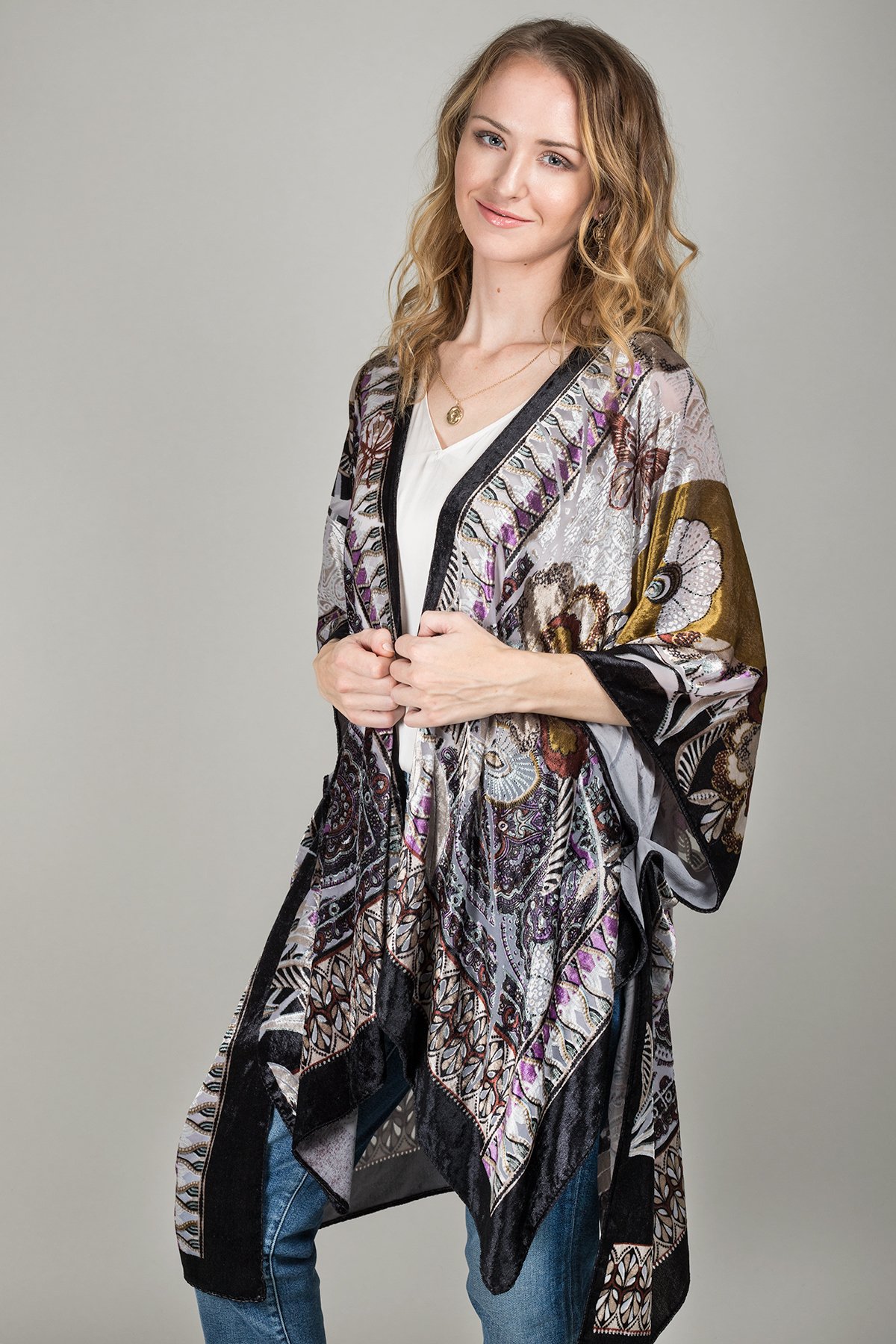What is a Kimono? Some intriguing realities about this Traditional Japanese Clothing
I revere everything about Japan. Whatever I have seen of Japan through books and TV shows has made me regard the country, its kin ; their way of life, their progressions in innovation, their versatility in confronting misfortunes, their reliability, their excellent attitude and habits – everything deserving of appreciation and copying. A lady in Kimono, their customary dress, is the main picture that strikes a chord when I consider Japan.
What is a Kimono?
A kimono is a long Japanese customary dress which folds over the body and has particularly voluminous sleeves. It is tied around the abdomen with the Obi belt. The intricately tied Obi belt which could be up to 12 feet or more is another distinctive component of the Kimono. The kimono used to be enriched with the wearers’ family peak.
In Japan, a Kimono is worn by all kinds of people. It turned into customary attire around the late 700’s and everybody in Japan used to wear their Kimonos constantly, men, ladies and youngsters. From that point forward Kimono has gone through many changes.
Kimono was acknowledged as the conventional apparel of Japan for quite a while. However, with the Meiji time (from 1868) the Japanese government began debilitating Kimonos (Wafuku meaning Japanese garments) and Japanese individuals were urged to take on western garments.
These days Kimonos are worn distinctly during extraordinary events like burial services, celebrations, and weddings.
How is a Kimono worn?
Kimono is a fold over dress worn on the left front of the kimono covering the right front; worn the same way by the two guys and females.
To wear a kimono in the customary manner you need a great deal of adornments like the obi belt, and different frill that will uphold the obi belt like Obimakura, Koshihimo, Obita, Datejime which gives the obi-belt support, make it look great and forestall it getting wrinkled and in a bad way when tied around the body.
In case you are truly keen on being valid, you can likewise get a Nagajuban, an under-kimono worn under the kimono, tabi (white cotton split toe socks) and zori shoes. Hakama is the name of jeans, here and there worn under kimonos by men.
Step by step instructions to wear a Kimono
Wearing a kimono is extremely simple notwithstanding the obi belt tying. The men wear kimonos basically by tying the obi belt around the abdomen.
This could require hours to consummate. Be that as it may, you could likewise agree to the straightforward Obi tie known as Nagoya obi tie.
In case you are rich you will be wearing in excess of one single kimono. You can wear upwards of 12 kimonos one on top of the other.
Extraordinary provisions of the Kimono
The specialists could enlighten a great deal of things concerning the wearer like the age and status of the wearer, her family, where she is going to and what is the season and so on from the Kimono she is wearing.
By taking a gander at the sleeves of the kimono you could reason the age and conjugal status of a lady. For instance, youthful unmarried ladies would wear kimonos with free streaming sleeves which are extremely long to contact the floor. Be that as it may, wedded womens kimonos with short sleeves
By taking a gander at the peak weaved on the kimono one could tell the wearer’s family name
In case you are a young lady you will wear a long-sleeved kimono in extremely beautiful texture/or with splendid plans. In case you are a hitched lady you will wear a short sleeved kimono. The shades of this kimono will be more repressed than for the unmarried young ladies. In case you are a lady you will wear a white kimono
In case you are a kid you will wear kimonos which are brilliantly hued or with clear prints and examples. In case you are a tiny child you will be wearing a white under kimono and on top another kimono which will be a splendid hued one for a young lady and a dark one for the kid.
How are kimonos made?
Kimonos have a straight line cutting technique – practically all the example pieces are cut as a straight line. You need around 12 meters of fabric to make a customary kimono.












